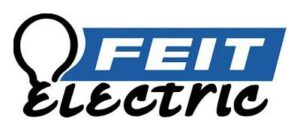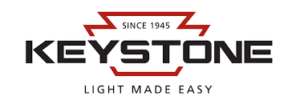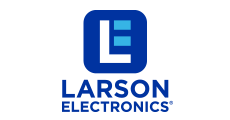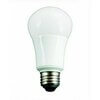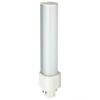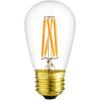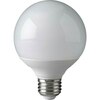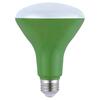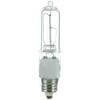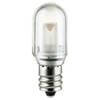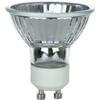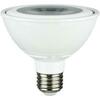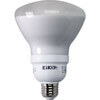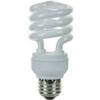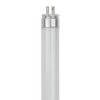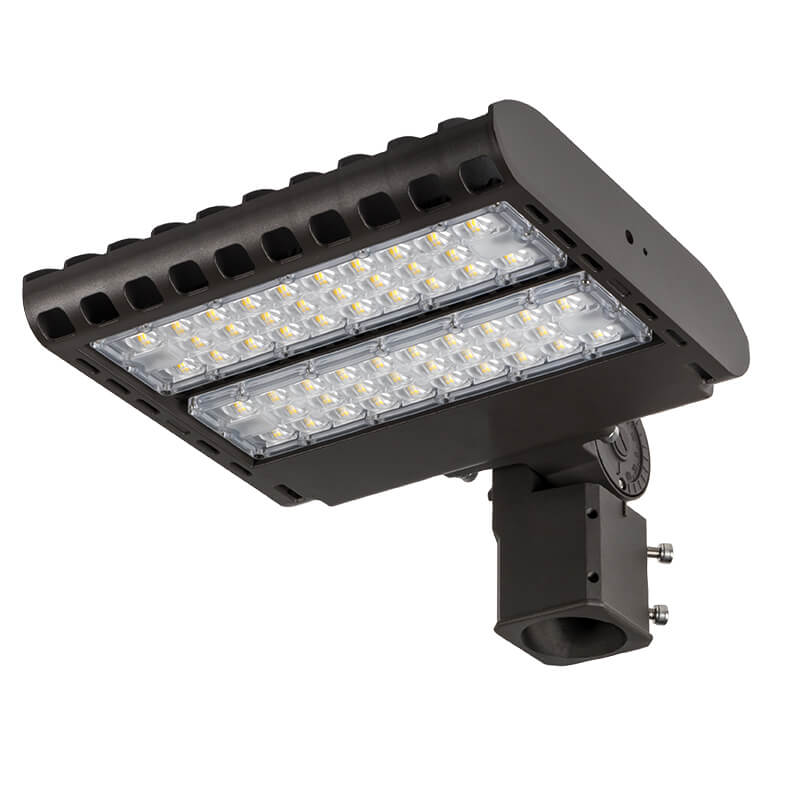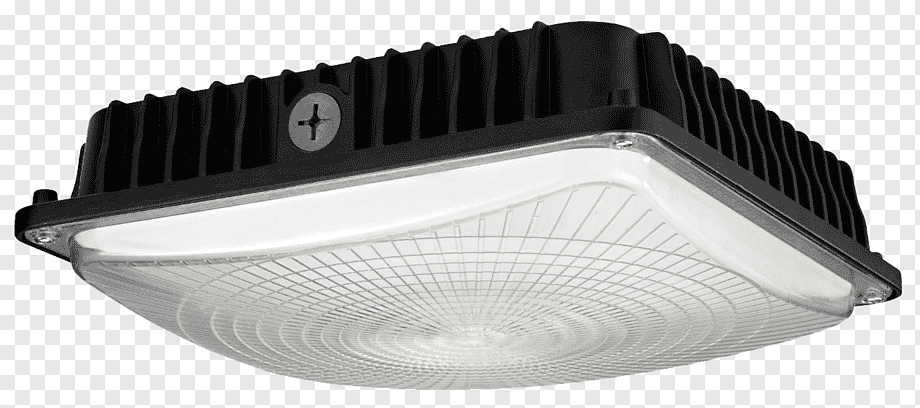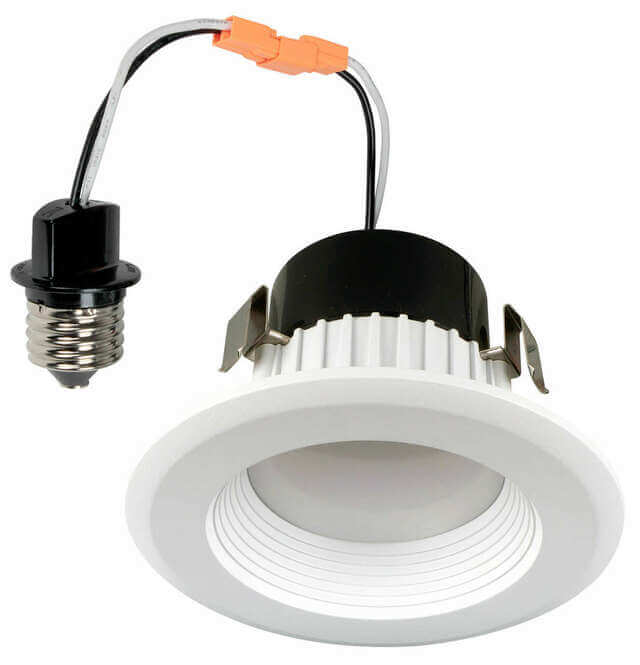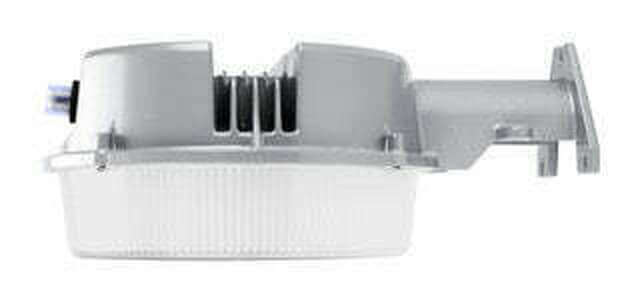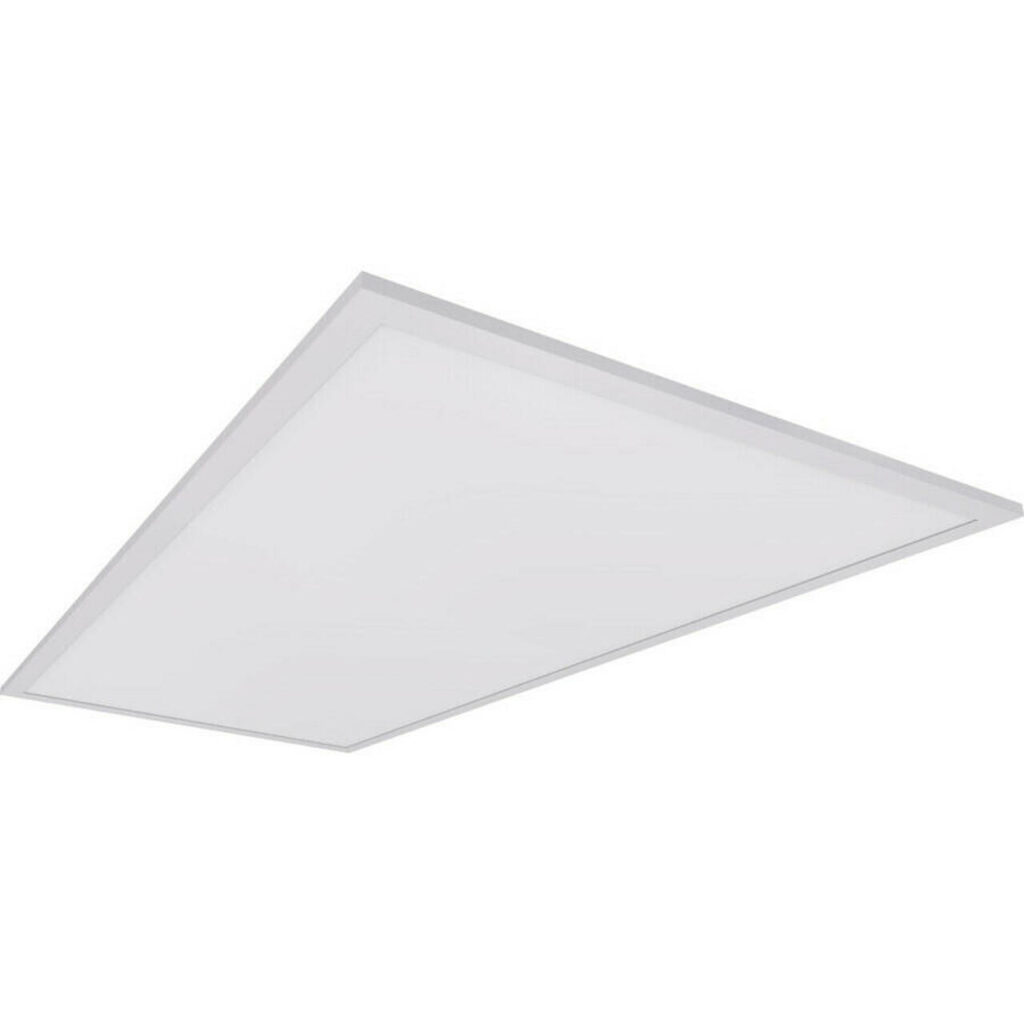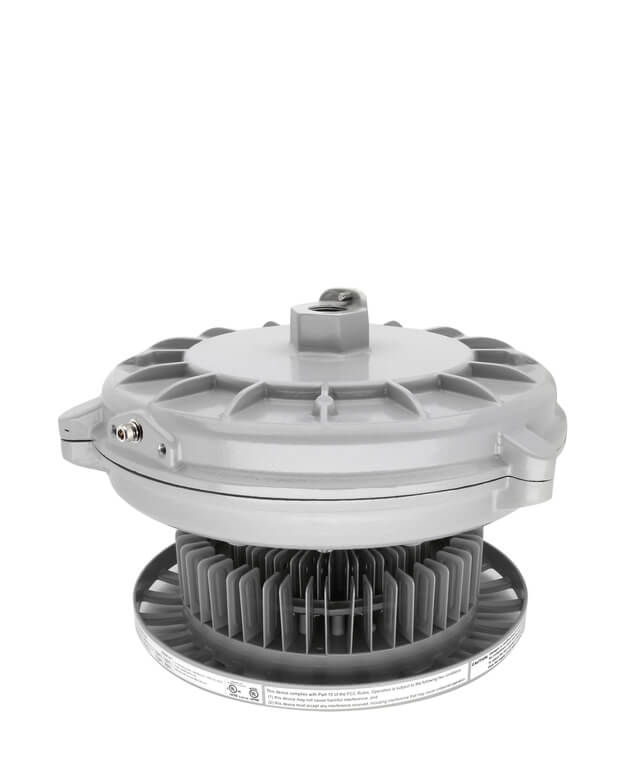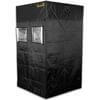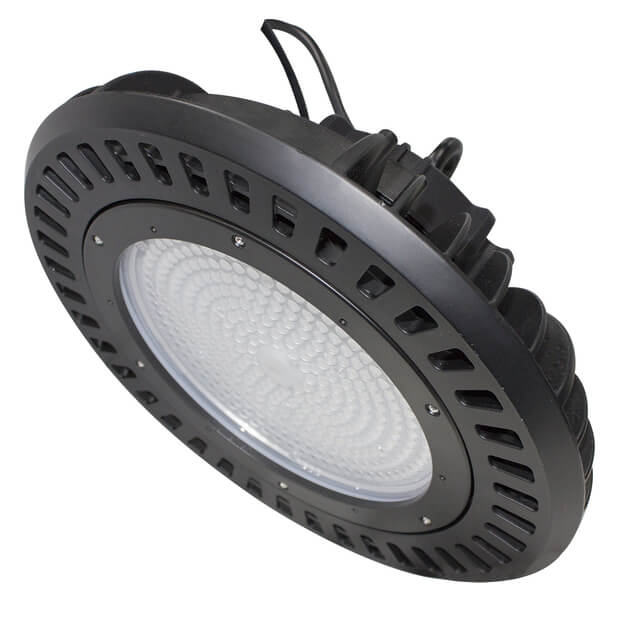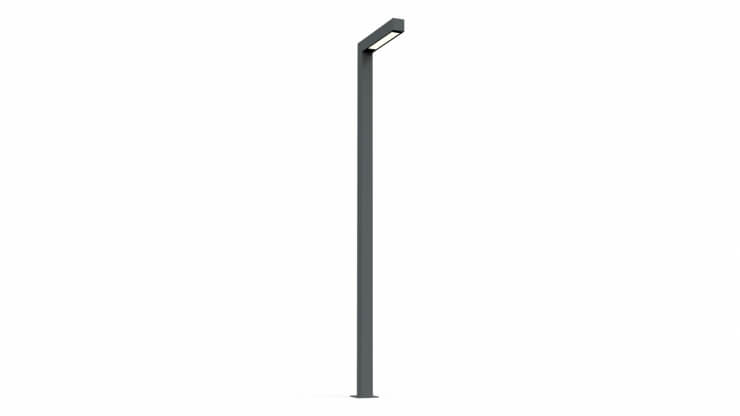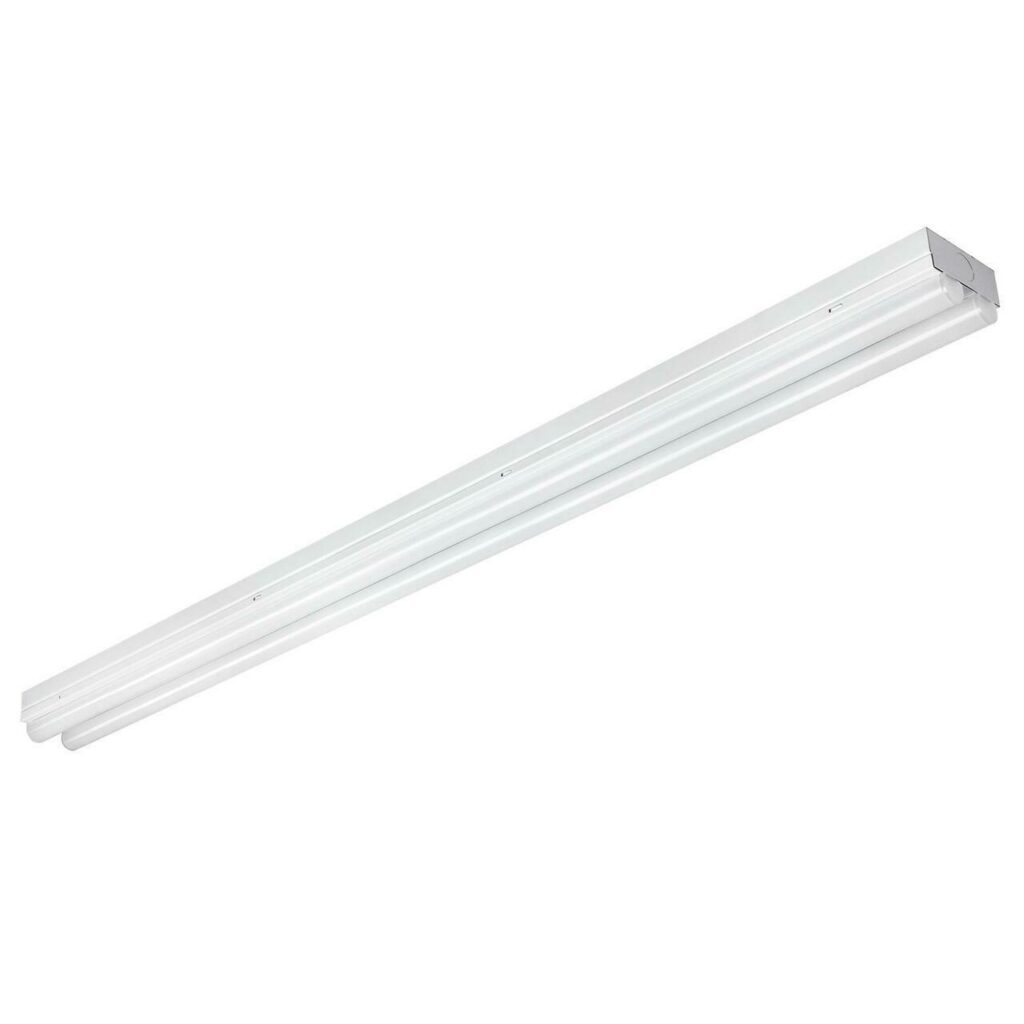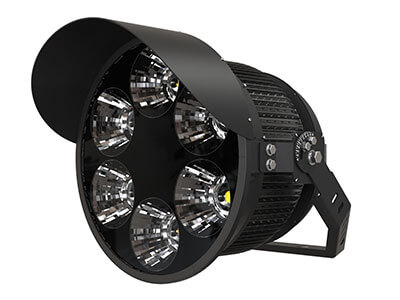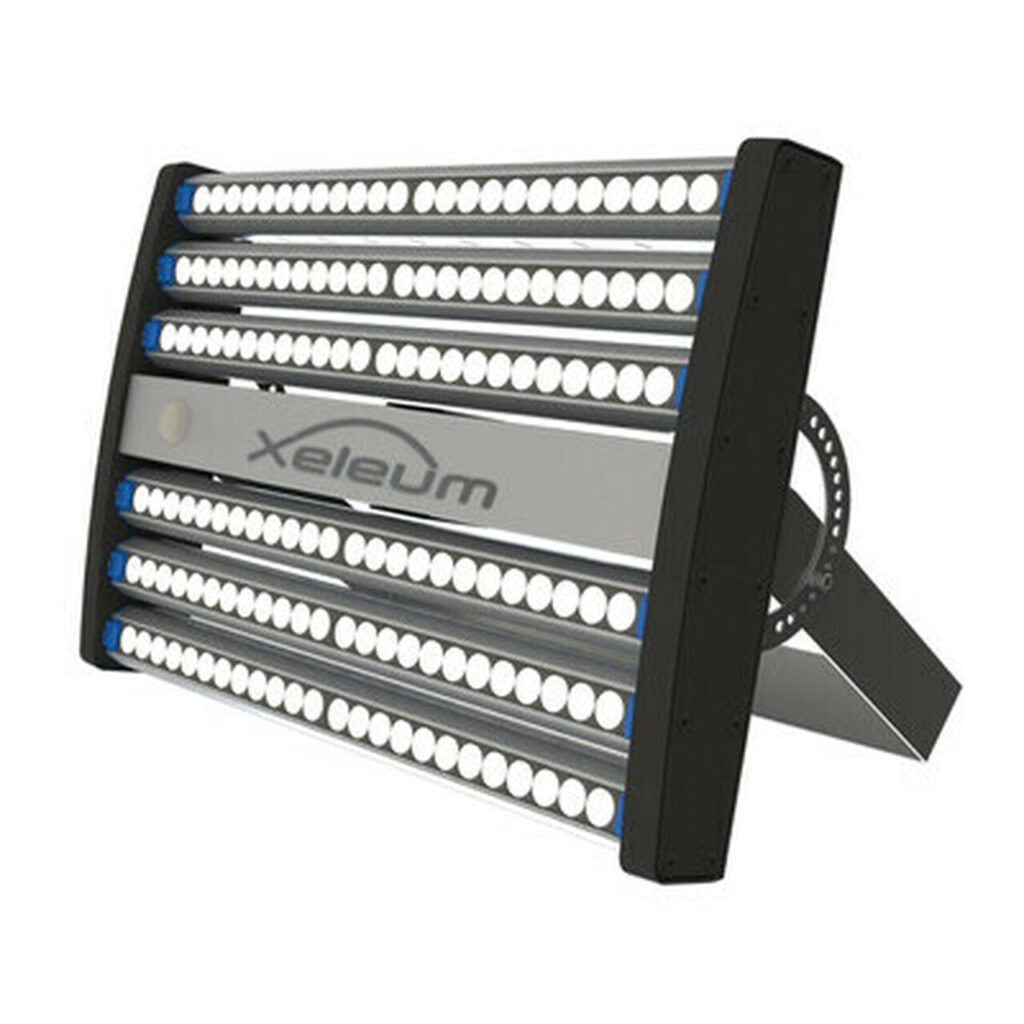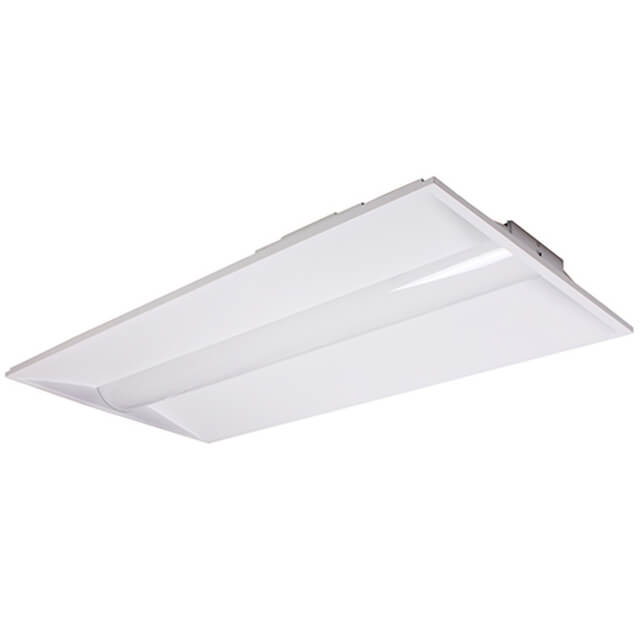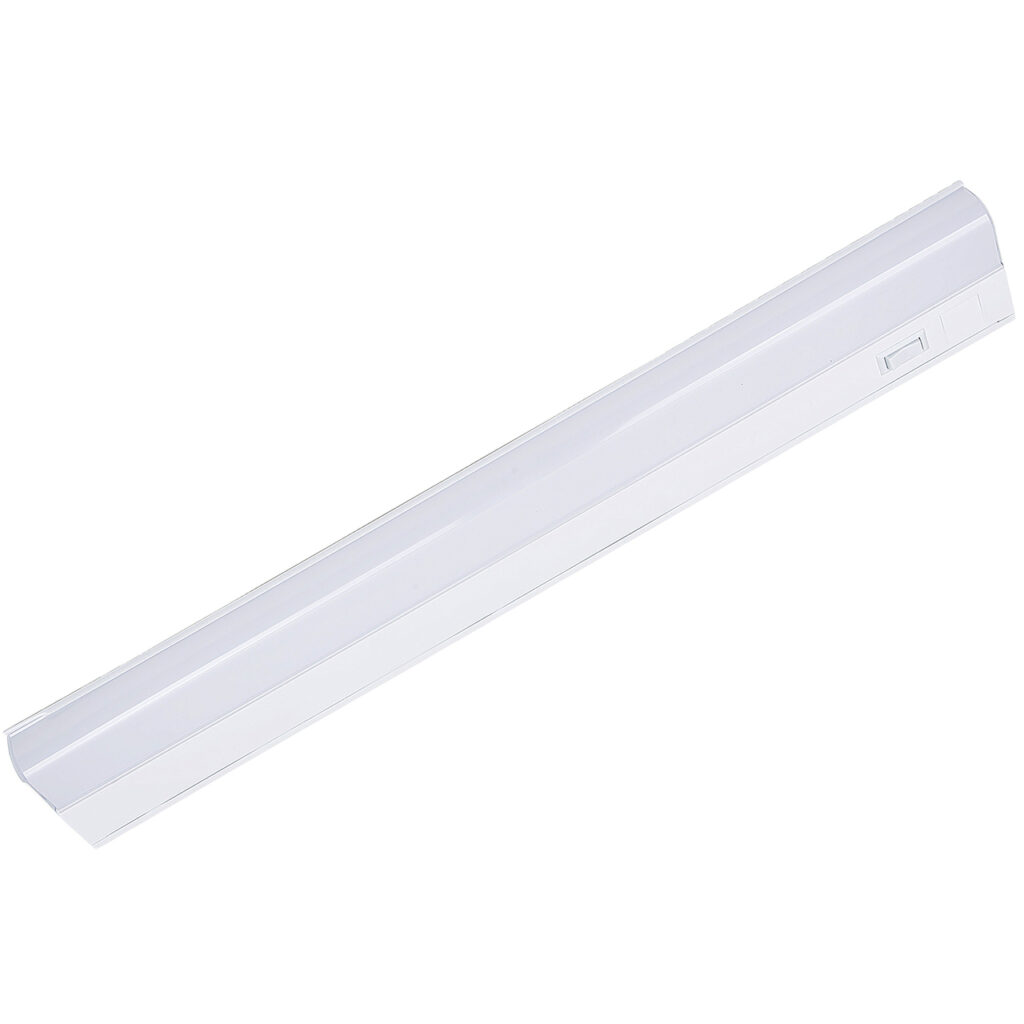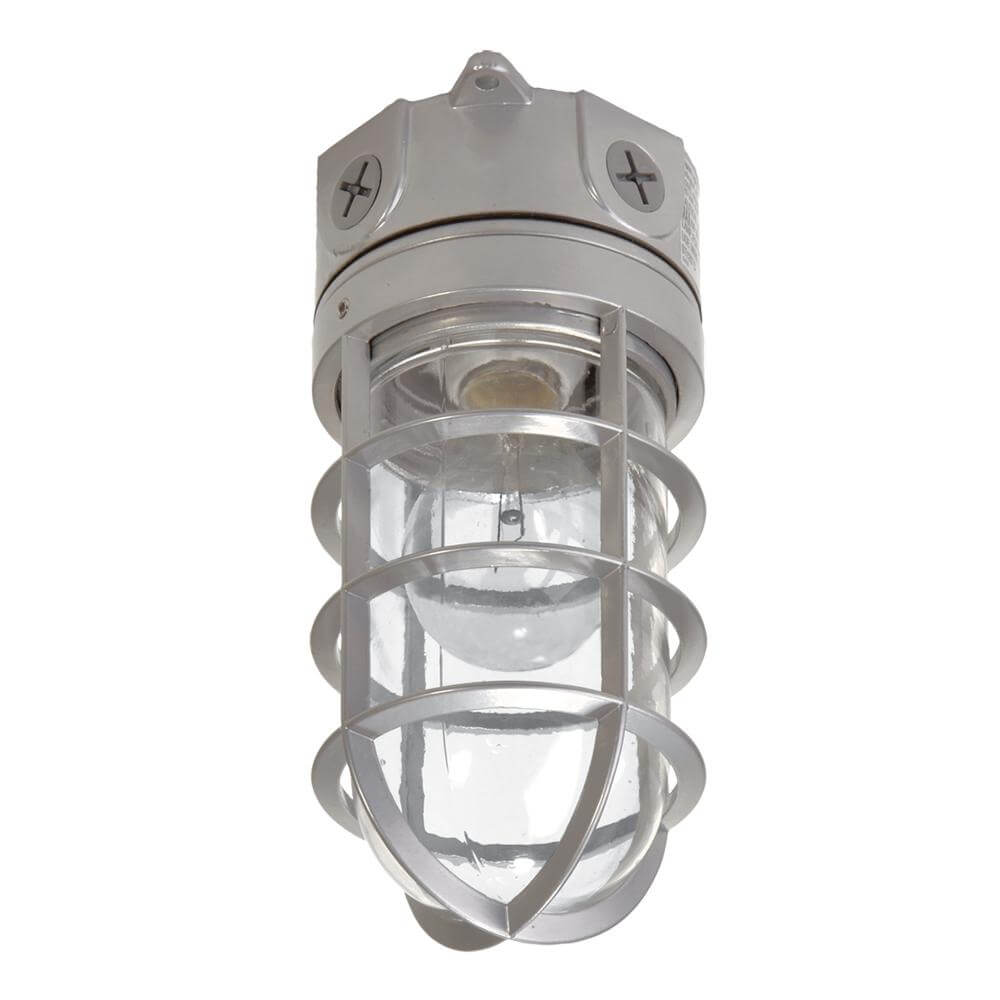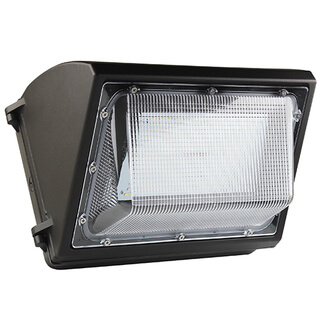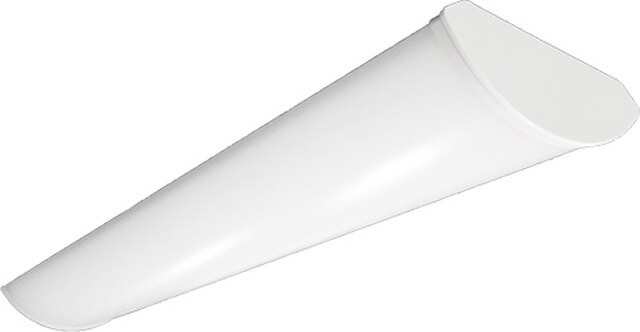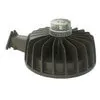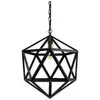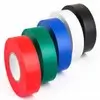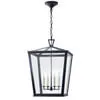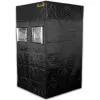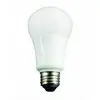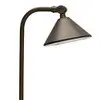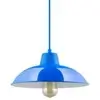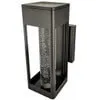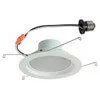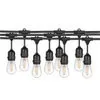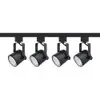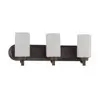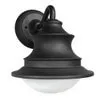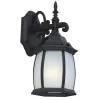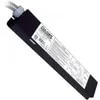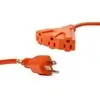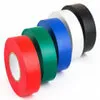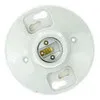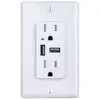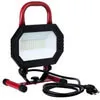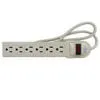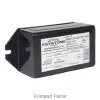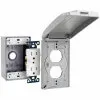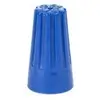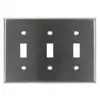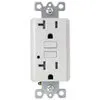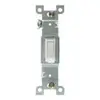If there’s anything the Coronavirus pandemic has taught us, it is that the world is an exceedingly dirty place. We invested in antibacterial wipes, bleach solutions, washed our hands while counting to 20 Mississippi, and bought enough hand sanitizer to own stock in Purell. But what about the very air we breathe?
At Lightingandsupplies.com, we kept hearing about how a well-known technology could keep pathogens at bay. Could germicidal UV light for heating, ventilation, and air conditioning be the answer to killing off mold, viruses, and bacteria?
Is my HVAC Full of Bacteria?
Your heating, ventilation, and air control system, HVAC for short, is rife with microbial growth. Studies have shown that these microbial contaminants can adversely affect human health and well-being by contributing to the spread of infectious diseases and worsening hypersensitivity diseases like asthma. The primary way for microbes to grow is a dangerous combination of moisture plus insulation. Something HVAC systems have in droves.
What are some of these contaminants lurking in your HVAC unit?
primary bio-contaminants: fungi and bacteria
secondary bio-contaminants: mites and insects
Keep reading how UVC light can help keep bacteria at bay before you freak out and vow never to heat or cool your home again. You can do due diligence to keep yourself and your family safe.
What is UV Light for HVAC?
Let’s go back to physics class for a second. Ultraviolet light is invisible to the human eye because its wavelengths are shorter than visible light. Scientifically, UV light is divided into four levels:
UV-A, long-wave UV light: this is the one most commonly associated with the sun. We have it to thank for suntans and premature aging.
UV-B, medium-wave UV light: the primary culprit of skin reddening and skin cancers.
UV-C, short-wave UV light: the sweet spot of germicidal control
UV under those waves is primarily responsible for producing ozone in the air.
In 1903, Niels Finsen won the Nobel Prize for discovering that ultraviolet light has germ-killing properties. Specifically, the UVC spectrum has germ control properties. UVC alters the DNA/RNA found within pathogens and damages them to the point that they can no longer survive. Specifically, 253.7 nanometers is the ideal frequency for this. Science: 1, Pathogens: 0.
Does UV Light for HVAC Work?
In short, yes. Germicidal UV light for HVAC is strategically placed within the unit. It effectively lowered both fungal and microbial growth in the fiberglass insulation of HVAC systems and contributed to better air quality.
Additional recommendations for health and safety include:
upgraded filtration systems
cleaning and maintaining the cooling coil and draining pan quarterly
purchase HVAC systems where air streams do not come in contact with internal porous insulation surfaces
How to Choose the Best UV Light for HVAC
Like with most things in life, all germicidal bulbs are not created equally.
Disclaimer: Please note that germicidal bulbs are for use within HVAC systems and UV light systems. They are not intended for illumination purposes and can cause severe damage to the skin and eyes.
There are two main determining factors in choosing the best lamp to gain all the benefits of UVC light for HVAC:
1. How much UVC is needed for the job at hand? Generally, a minimum irradiation level of 50-100 µW/cm2 is required for cooling coil applications.
2. Single-ended or double-ended lamps? Single-ended lamps provide more flexibility as they can be overlapped and used in smaller units. Single-ended bulbs reduce the need to have several different sizes of lamps on hand for maintenance.
Some examples of the best UVC light bulbs and germicidal fixtures are:
Plusrite GPX9: a two-pin UVC light bulb with a germicidal difference. Excellent for use within your HVAC unit. This little 9-watt bulb packs a punch.
Plusrite G4T5: a miniature bi-pin germicidal ultraviolet lamp. Don’t be put off by its demure size.
Sunlite 18″ UVC Germicidal Fixture: for ideal disinfection outside of the HVAC system, this germicidal light is ready to kill off bacteria and pathogens in air, water, and on surfaces. Including an integrated occupancy sensor to ensure it will not activate in an occupied space.
Benefits of UV Light for HVAC
If the only benefit of UVC were reducing pathogens and disease, that would already be a fantastic improvement. Luckily, there are some more benefits to this great use of UV technology:
- Destroy pathogens 24/7, 365 days of the year: most contaminant killing protocols require human interaction, not so with UVC light. As long as the lamp is regularly used and replaced, the UVC will continually kill off any pathogens as air cycles through the unit. On average, these lamps need to be replaced once a year for maximum efficiency.
- Prevent disease transmission: especially in environments housing numerous people like offices, schools, and hospitals, keeping the circulating air free of contaminants is essential.
- Reduces energy use and cost: UVC energy prevents the build-up of organic material on cooling coils and drain pans. A lack of build-up leads to a reduced need for maintenance and replacement.
- Odor reduction: Bacteria causes disease; we understand that much. What else do bacteria cause? Bad smells. Keeping the HVAC unit free from contaminants leads to improved air quality and a lack of foul odors.
- Bid Harsh Chemicals Adieu: Before germicidal UVC light, the only way to disinfect the drain pans was to use harsh bleach tablets. The use of chemicals meant letting the room air out after cleaning and losing valuable work time.
About LightingAndSupplies.com
At Lightingandsupplies.com, we pride ourselves on our experience on our 35+ years of experience in lighting products. As the experts in the field, we are always up to date on the latest in UVC technology and cannot wait to advise you on ensuring clean, breathable air in your home, office, or school.
Our team of experts is always on hand to answer any questions you may have. Contact us here for customer-focused advice with 100% satisfaction guaranteed.


